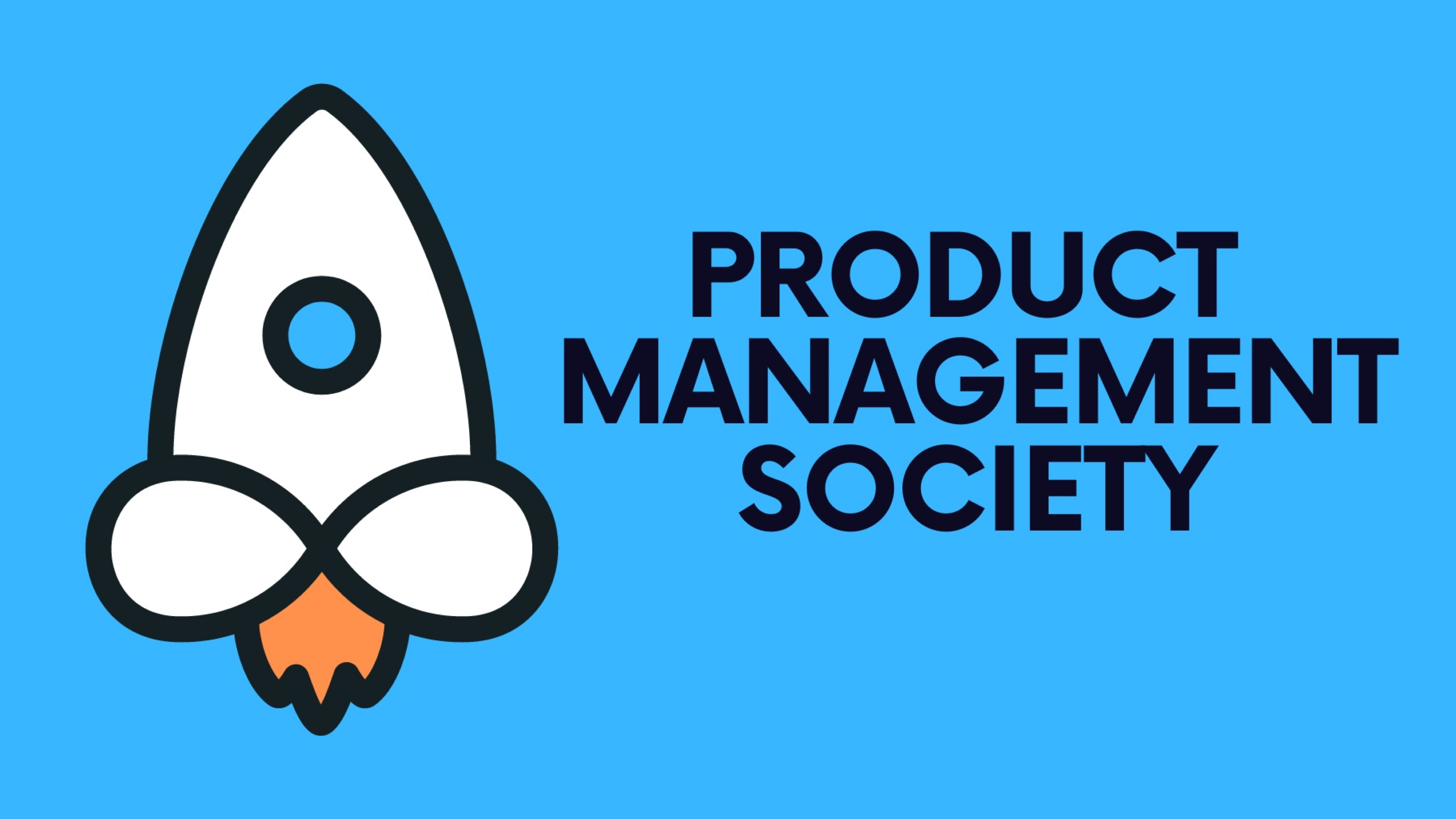JIRA, developed by Atlassian, is a powerful tool originally designed for bug tracking, issue tracking, and project management. Today, it has evolved to become a favorite among product managers for managing backlogs, sprints, and user stories. This beginner's guide explores how to effectively use JIRA for product management, enhancing efficiency and collaboration within your team.
1. Understanding JIRA's Core Features
Issue and Project Tracking: JIRA allows users to create, track, and manage issues within a project. An issue can represent anything from a software bug to a project task to a feature request.
Thanks for reading Product Management Society! Subscribe for free to receive new weekly posts 🚀
Customizable Workflows: JIRA's workflows can be tailored to match your team's processes, from simple task tracking to complex development cycles.
Agile Boards: JIRA supports Scrum and Kanban boards, providing visual representations of your team's work and progress.
Reporting and Dashboards: Gain insights into your project's status with JIRA's reporting tools and dashboards, offering real-time data on velocity, burndown charts, and more.
2. Setting Up Your First Project
To start using JIRA for product management:
- Create a Project: Choose a project template that best suits your team's methodology (Scrum or Kanban are popular choices for Agile teams).
- Configure Issue Types: Define the types of issues your team will manage, such as Stories, Tasks, Bugs, or Epics.
- Set Up Your Workflow: Customize your workflow to reflect the stages an issue goes through, from creation to completion.
3. Managing Your Product Backlog
The product backlog is a prioritized list of work for the development team, and JIRA makes it easy to manage:
- Create and Prioritize Issues: Add user stories, tasks, and bugs to your backlog. Use JIRA's ranking feature to prioritize them based on their importance and urgency.
- Estimate Effort: Use story points or time estimates to gauge the effort required for each issue, aiding in sprint planning.
- Organize with Epics and Labels: Group related issues together using Epics and Labels for better organization and tracking.
4. Planning and Running Sprints
JIRA's Agile boards facilitate sprint planning and execution:
- Sprint Planning: Drag and drop issues from the backlog to the sprint, deciding on the workload based on the team's capacity and issue estimates.
- Sprint Execution: Use the board to track progress during the sprint, moving issues through stages like To Do, In Progress, and Done.
- Sprint Review and Retrospective: At the end of each sprint, review completed work and conduct a retrospective to discuss what went well and what could be improved.
5. Utilizing Dashboards and Reports
Enhance decision-making and keep stakeholders informed with JIRA's reporting capabilities:
- Dashboards: Create custom dashboards with gadgets that display key metrics, such as sprint burndown, issue statistics, and recent activity.
- Reports: Generate reports like velocity charts and cumulative flow diagrams to analyze team performance over time and plan future sprints more effectively.
6. Best Practices for Using JIRA
- Keep It Simple: Start with basic configurations and gradually introduce more complexity as needed.
- Regularly Refine Your Backlog: Keep your backlog up-to-date and prioritized to ensure that the team is always working on the most valuable tasks.
- Engage Your Team: Encourage active participation from your team in using JIRA, ensuring that everyone contributes to and benefits from the tool.
Conclusion
JIRA is a versatile tool that, when used effectively, can significantly enhance the efficiency and transparency of product management processes. By following this guide, beginners can start leveraging JIRA's capabilities to better plan, track, and execute their product development activities. As you become more familiar with JIRA, explore its advanced features and integrations to optimize your workflows and collaboration further.
Stay tuned for our next article, where we'll explore advanced product strategy techniques to enhance your product management skills further.
If you’re finding this newsletter valuable, consider sharing it with friends, or subscribing if you aren’t already. Also, consider coming to one of our Meetups and following us on LinkedIn ✨
Thanks for reading Product Management Society! Subscribe for free to receive new weekly posts 🚀







